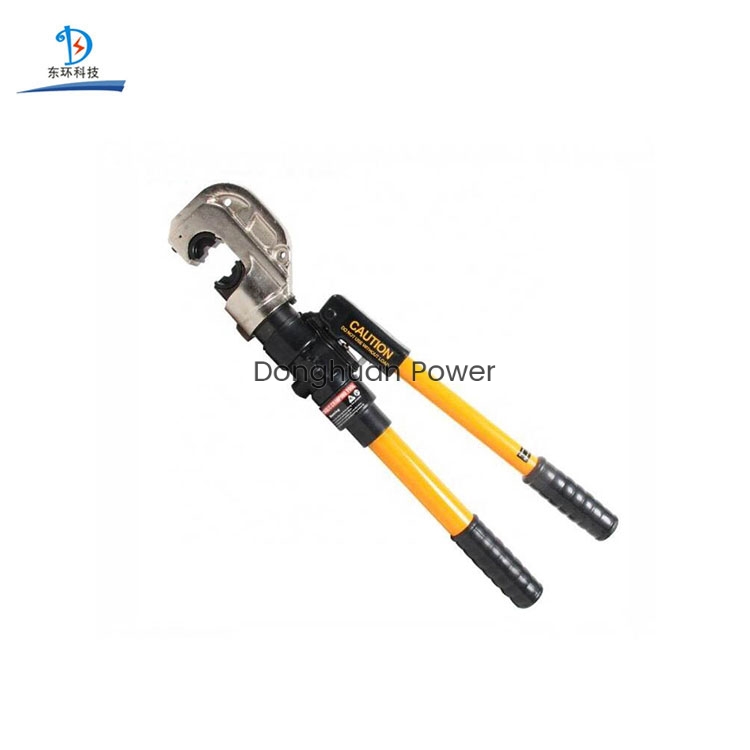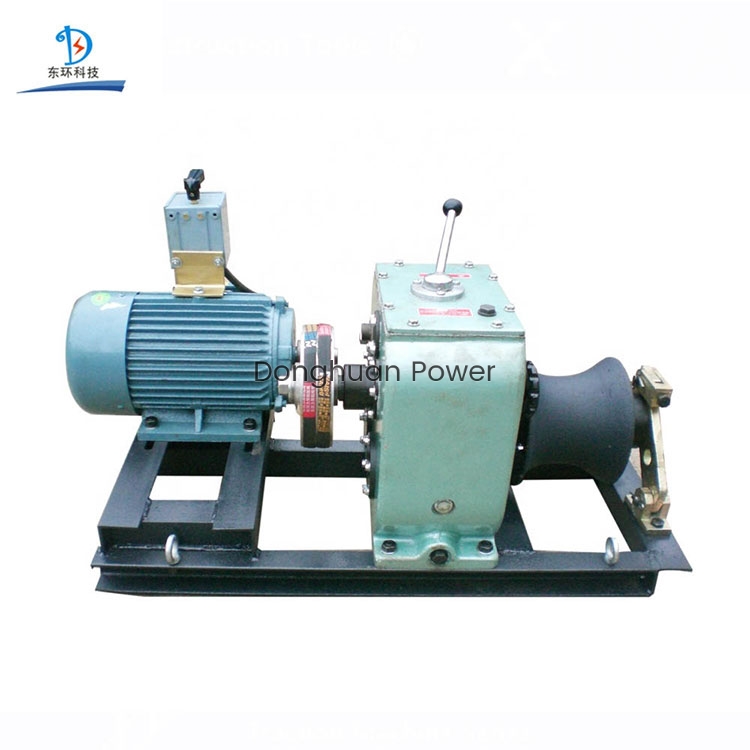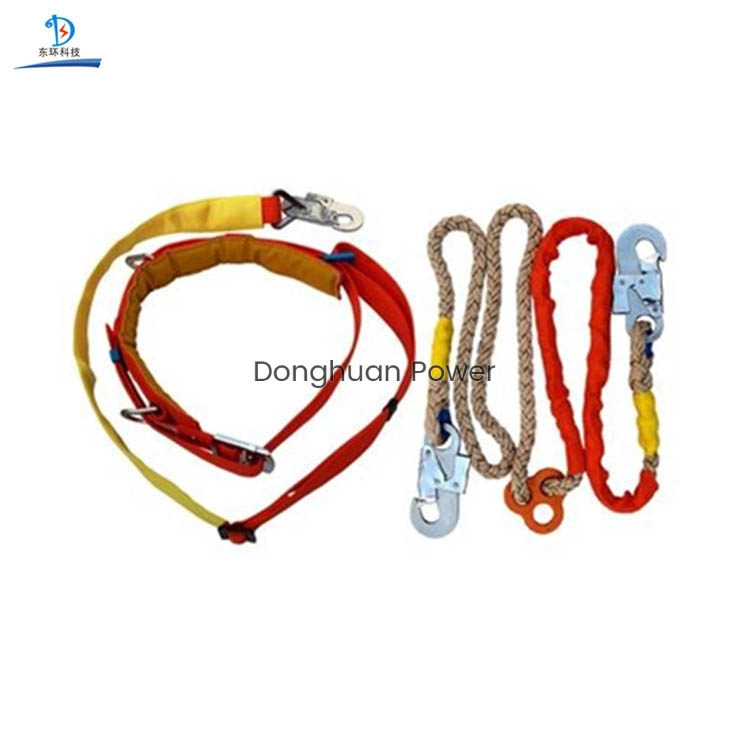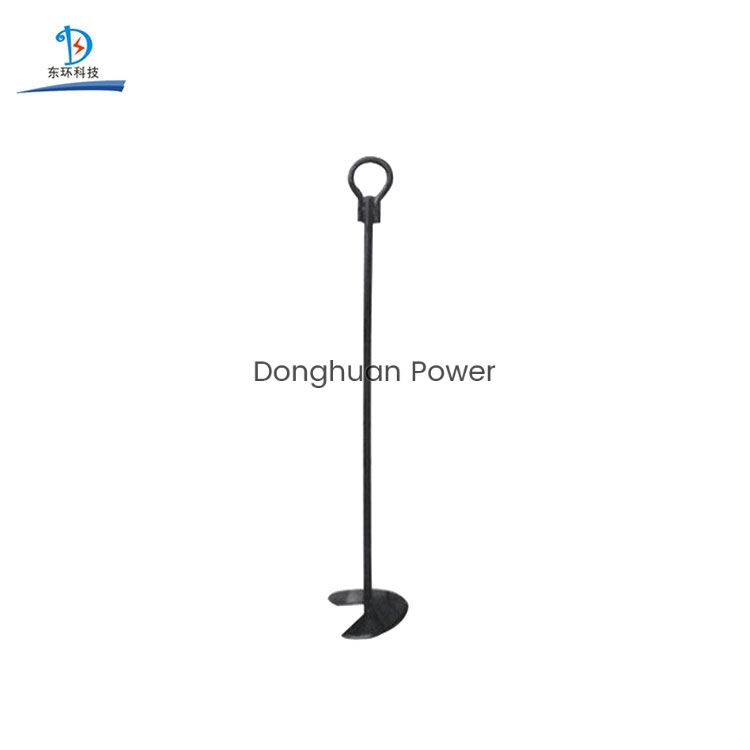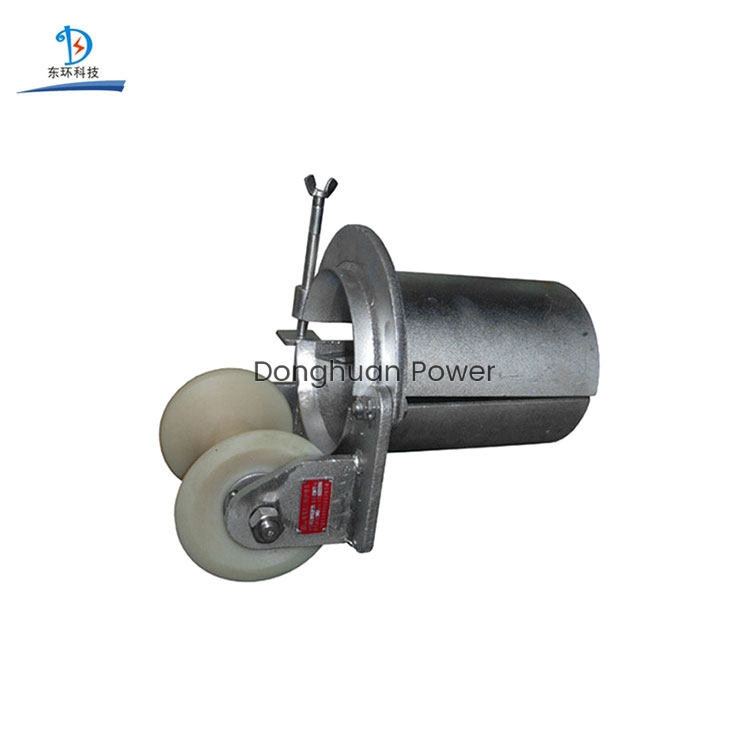As we all know, the transmission line conveys electromagnetic energy linear structure equipment. It is an important part of the telecommunications system, used to transport electromagnetic waves carrying information from one point to another along the route specified by the transmission line. So, what are the classifications of transmission lines?
According to the characteristics of the transmission medium and structure, transmission lines can be divided into two-wire transmission lines, microstrip transmission lines, waveguide transmission lines, surface wave transmission lines and optical fibers.
1. Two-wire transmission line
A transmission line that consists of two parallel conductive metal wires (usually copper, steel or aluminum wires) that transmits transverse electromagnetic waves. According to the structure, it can be divided into two types: symmetrical and coaxial. Overhead open wires, various twisted-pair cables and star-quad cables that are widely used in our country are all symmetrical two-wire transmission lines. Medium coaxial and small coaxial cables are coaxial two-wire transmission lines.
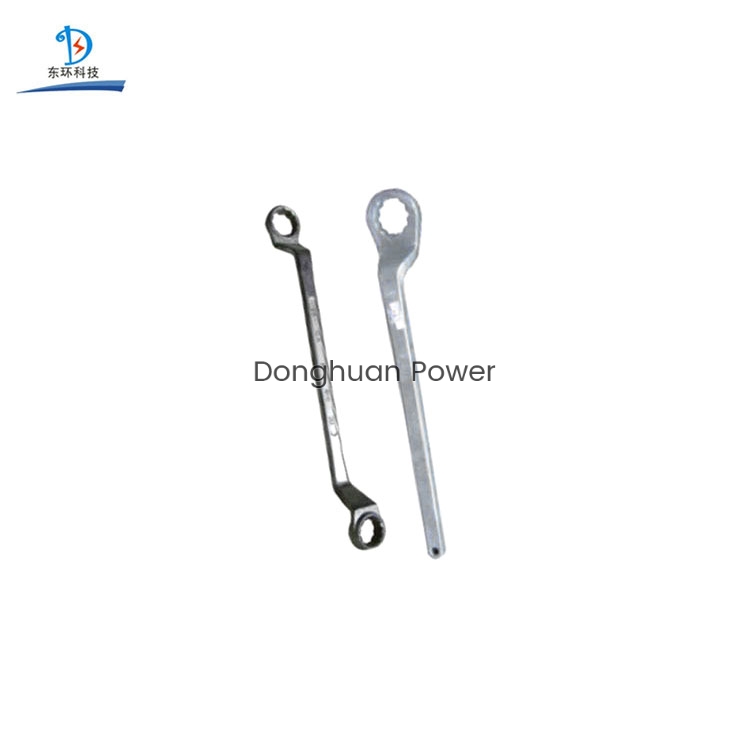
As the frequency increases, the metal loss and dielectric loss of the two-wire transmission line increase rapidly. Moreover, the lateral size of the transmission line cannot be ignored compared with the wavelength, and stricter requirements are put forward on the manufacturing process and maintenance standards of the equipment. Especially for the open electromagnetic field of the symmetrical two-wire transmission line, the coupling between the loops becomes more serious. Therefore, the transmission frequency is low. my country's high-frequency symmetrical cables generally open 60-channel carrier systems with frequencies below 252kHz; medium coaxial cables generally open 1800-channel carrier communication systems with a frequency of 8.5MHz.
2. Microstrip transmission line
An asymmetric transmission line used in the microwave band to transmit quasi-TEM waves. There are many forms of structure and different performance and uses. The structure of the standard microstrip is to stick a layer of dielectric substrate tightly above the wider grounded metal strip, and a narrow metal strip is attached to the other side of the substrate. The standard microstrip line is a commonly used transmission line in microwave integrated circuits transmission line stringing tools.
3. Waveguide transmission line
It is a kind of non-TEM wave transmission line composed of hollow conductive metal tube in microwave wave band. Waveguides are usually made of good conductors such as copper and brass, and the inner wall is often plated with a layer of silver with excellent conductivity, so that the tube wall has a high conductivity. The shape of the waveguide is mainly round, rectangular and elliptical.
The wave guide has a large conductive area on the tube wall and high conductivity, so the metal heat loss is relatively small, and there is no radiation loss (because the field is closed) and dielectric loss (because there is no solid medium in the tube). Generally used in centimeter wave and millimeter wave band.
4. Surface wave transmission line
A waveguide composed of a single metal conductor with a circular cross-section is also called a high-clad wire. The surface of the conductor is covered with a layer of dielectric material with different electrical characteristics from the inner conductor, which can be hung in the open to guide electromagnetic waves to be transmitted along the surface of the transmission line.
5. Optical fiber transmission line
A transmission line that uses optical fiber as the transmission medium to guide light in the optical fiber along the path specified by the optical fiber. According to the different transmission modes, it can be divided into two types: single-mode fiber and multi-mode fiber. Optical fiber transmission line has many technical advantages such as large communication capacity, long transmission distance, immunity to electromagnetic interference, strong corrosion resistance, and light weight. It is a widely welcomed transmission line that appeared in the 1970s.

 English
English Spanish
Spanish +86-574-88852221
+86-574-88852221


